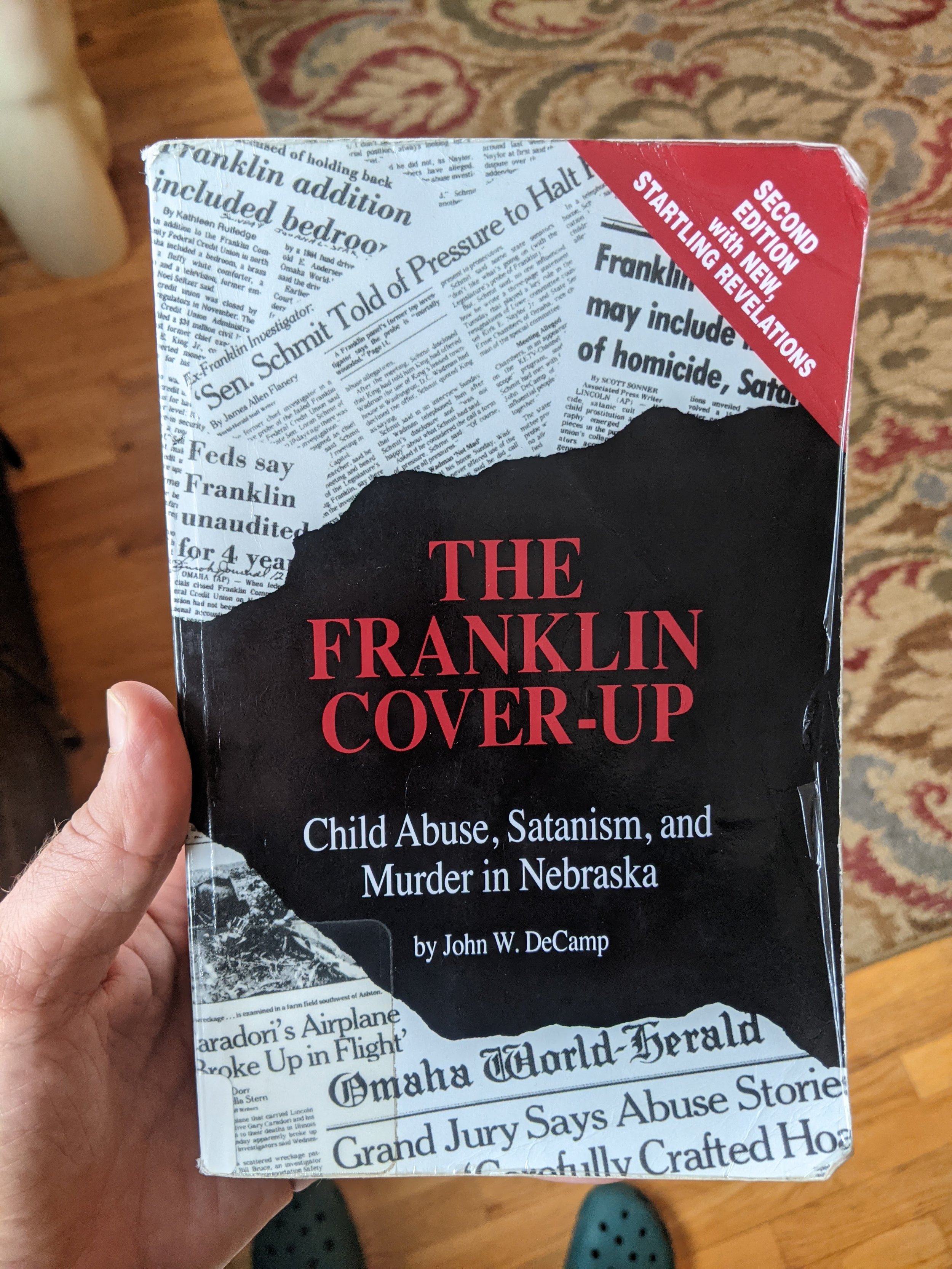THE PHANTOM BLOOPER - GUSTAV HASFORD
I’m a well-known Kubrick-head, fanatic might even be the right word, though I’ve not read many of the books that his movies are based on. I’ve read Lolita, Clockwork Orange and 2001 but none of the others. Full Metal Jacket, perhaps the best war movie, is, famously, based on a novel called THE SHORT-TIMERS by actual Marine Gustav Hasford who, I just recently learned, intended the book to be the first in a trilogy about Joker, the main character in the Kubrick film. I still haven’t actually read THE SHORT-TIMERS, but I was fascinated about a sequel and decided to get my hands on that. The movie and book seem to be pretty close together, plot-wise, so I don’t feel like I missed out on vital context and could read this book without too much trouble. THE PHANTOM BLOOPER picks up where Full Metal Jacket/THE SHORT-TIMERS left off. Jokers has survived the battle of Huế but not without witnessing the deaths of dozens of fellow Marines, including his buddy Cowboy, who he mercy-killed. At the beginning of the book Jokers is at a forward operating base that is under constant nocturnal assault by a quasi-mythical YT Vietcong who the Marines call the Phantom Blooper. At this point, the book is similar in tone and message to the Kubrick film. It’s sardonic and violent and cruel and whip-lash. However, the book really kicks into gear in the second part where Joker is captured by the North Vietnamese during an assault and is held in a village instead of being killed outright or sent to the Hanoi Hilton. He’s there over a year and is both plotting his escape and slowly being integrated into Vietnamese society. He learns about rural Vietnamese life, marches on the Ho Chi Mihn trail, farms rice, learns Vietnamese and eventually undoes the brainwashing R. Lee Ermy put him through in Full Metal Jacket. He starts to see them as people with dignity rather than the faceless enemy he was trained to see. He eventually joins them in fighting the Americans but, again, is captured, this time by the Americans and folded back into American culture. The final third of the book follows Joker as he travels around the USA after his discharge. He joins a Veterans Against the War march and gets beat up by the LAPD. He goes and visits Cowboy’s family before eventually returning to his family in rural Alabama. Here the story goes a bit off the rails, philosophically, and Joker tries to draw a parallel between The Confederacy and the Vietcong, seeing southerners as themselves victims of imperialist exploitation, just like the people of Vietnam. Obviously, this is insane. There is and was, in fact, a group of violently exploited folks across the South, but they weren’t Confederates and this lack of insight is troubling and widespread. Here is someone who needs to read SETTLERS. Likewise when he veers into mystification w/r/t the Vietnamese and Southern relationship to the land. Not to say that this isn’t true or important but it isn’t what is most striking about the Vietcong. The Southern Vietnamese were also agricultural and enmeshed in a centuries old culture, the difference between the two is rooted in their views on Communism and Capitalism, issues that Hasford mostly ignores. You see this same sort of thing, all the way down to the Confederate apologia, from Wendell Berry. So close, yet missing the mark. At the end of the book, Joker starts off to return to Vietnam, to live and fight with his buddies. This book is out-of-print and never discussed and it’s easy to see why. I only found out about it because I was looking into the state of mutiny in the army at the end of Vietnam, a purposefully repressed facet of that war that I’m still digesting. It’s a fast and punchy war novel with a really radical premise. There’s lots of little bits about Phoenix and CIA sex-trafficking if you’re, like me, on that tip. It's sad that Hasford died before he got to complete the trilogy and that no one has filmed this book. Perhaps as the Boomers die off we can see more honest and interesting portrayal of Vietnam in our popular culture, though I won’t hold my breath. 1973 days on the Ho Chi Mihn trail.



















